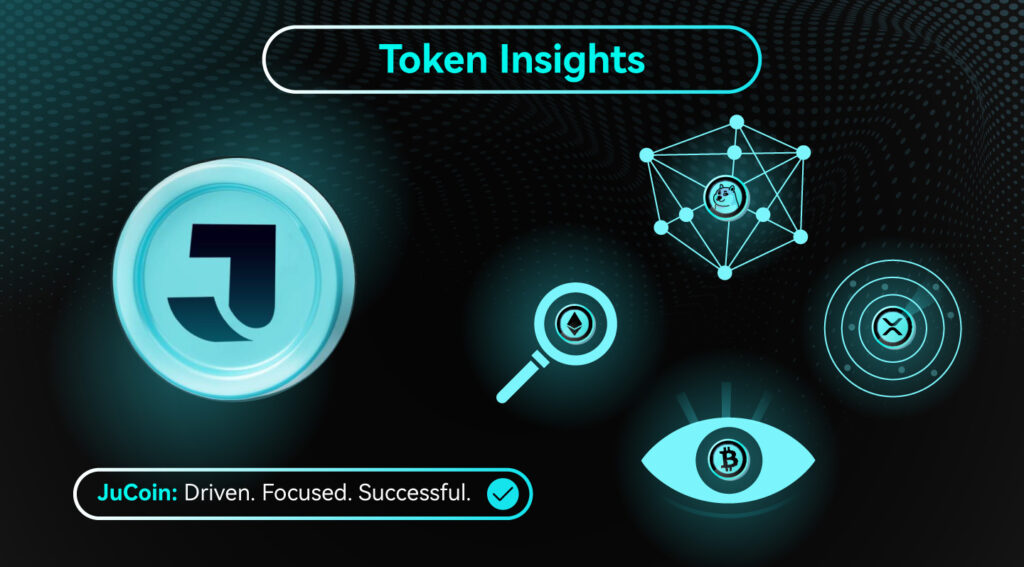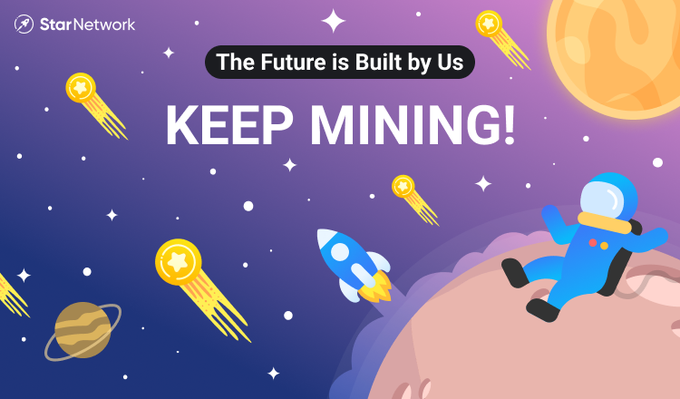
Star Network is a multi-chain ecosystem project leveraging social DeFi and mobile mining, with its native token $STAR underpinning community consensus and application incentives. In 2025, Star Network made strides in exchange listings, app performance upgrades, mainnet development, and ecosystem collaborations. This Token Insights systematically reviews Star Network’s major progress, token model, technical roadmap, and partnership dynamics to help readers grasp its investment value and potential risks.
Summary:In 2025, Star Network advanced mainnet development across multiple chains, optimized its mobile app and token liquidity, partnered with exchanges and ecosystem projects, significantly boosted community activity, and refined its tokenomics.
Overview & 2025 Key Developments
Originally launched as a mobile mining and social growth platform, Star Network aims to build a lightweight social DeFi experience. According to bsc.news, in 2025 the team:
-
Exchange Listing Plans: Moved forward with CEX and DEX listing preparations.
-
App Performance Upgrades: Released v3.2 in Q1 2025, markedly improving miner experience and efficiency.
-
Multi-Chain Mainnet Development: Announced phased rollouts of its proprietary mainnet with cross-chain support.
To date, Star Network has attracted over 500,000 active users, with community interactions and daily task completions up 120% year-over-year.
Platform Optimizations & Token Liquidity Enhancements
On-Chain Liquidity Expansion & Exchange Integrations
In February 2025, Star Network announced technical integrations with leading exchanges, planning $STAR deposit and trading channels in Q2, bolstering tradability, depth, and lowering slippage.
Mobile App Feature Iterations
-
v3.2 Release: Enhanced mining power allocation engine, smartly scheduling nodes to increase daily yields by ~15%.
-
Social Tasks Upgrade: Added “Star Map” quests, rewarding extra $STAR for exploration tasks.
-
Wallet Integration: Supports major wallet imports and multi-chain asset display, prepping for mainnet launch.
Tech & Product Evolution: From App to Mainnet
In 2025, Star Network focused on its own mainnet and cross-chain protocol to boost performance and scalability.
Mainnet Roadmap
-
Testnet Phase (Q1–Q2): Complete PoS consensus testing and initial cross-chain bridge validation.
-
Feature Network (Q3): Launch governance modules and smart contract support, open community proposals.
-
Mainnet Launch (Q4): Enable liquidity mining, cross-chain asset transfers, and social DeFi features.
This roadmap marks Star Network’s evolution from “mobile mining + light app” to “DeFi mainnet + social finance” within 2025.
Community & Ecosystem Collaborations
In 2025, Star Network forged strategic partnerships to broaden its user base and use cases:
-
Exchange Partnerships: Negotiations for listings on CEXs and DEXs, plus joint campaigns.
-
DeFi Integrations: Planned AMM protocol integrations for cross-chain $STAR/stablecoin pairs.
-
Social Platform Embeds: Exploring third-party social app integration for “Star Map” gameplay to boost branding.
-
Content & Rewards: Partnered with on-chain content platforms to reward creators in $STAR and share revenue.
In June, the team announced a developer incentives program to attract DApps and tools into the Star ecosystem in coming months.

Tokenomics & Market Performance
Token Distribution & Cap
-
Total Supply: 2 billion $STAR
-
Community Incentives: 40% for mobile mining and social tasks
-
Team & Advisors: 15%, 4-year linear vesting with 1-year cliff
-
Investors & Ecosystem Fund: 25%, phased unlock for growth support
-
Liquidity & Partnership Rewards: 20% for listings and collaborations
Market Metrics
-
Price: Averaged $0.12 at start of 2025, rebounded to $0.18 by July (↑50%).
-
Volume: >$150K daily, concentrated in community trading pairs and testnet.
-
Locked Supply: 75% locked by community & ecosystem fund, ensuring stable long-term liquidity.
In Q2, introduced token-holding dividends: holders earn a share of trading fees pro rata to their locked amount, boosting HODLing appeal.
Risk & Challenge Assessment
Despite 2025 advances, Star Network faces:
-
Mainnet Delays: Possible postponements of FeatureNet or Mainnet, impacting ecosystem rollout.
-
Liquidity Pressure: Delays in exchange integrations could constrict $STAR liquidity and increase volatility.
-
Competitive Threats: Rival social-DeFi and mobile-mining projects (e.g., PhoneStar, Bee Network).
-
Tech Security: Cross-chain bridges and PoS consensus require long-term validation against flash-loan or bridge exploits.
-
Community Retention: Heavy reliance on social-growth tasks—if novelty wanes, retention may fall.
Investors should monitor official updates and mainnet progress to adjust positions accordingly.
Frequently Asked Questions (FAQ)
-
When will Star Network’s mainnet launch?
Per roadmap, Mainnet is scheduled for Q4 2025, supporting smart contracts and cross-chain transfers. -
How do I participate in token-holding dividends?
Lock $STAR in the app to receive daily trading-fee dividends proportionate to your locked amount. -
How does Star Network differ from other mobile-mining projects?
It focuses on social DeFi features and cross-chain liquidity—not just mining—and plans full DeFi modules. -
What are $STAR’s use cases?
Mining rewards, social-task incentives, governance voting, trading-fee dividends, and cross-chain fee payments. -
How can the community help ecosystem growth?
A developer incentives program in Q3 will reward DApp deployments; community can recommend and test integrations.
Key Takeaways
-
In 2025, Star Network focused on multi-chain mainnet R&D and cross-chain bridging, transitioning from mobile mining to DeFi mainnet.
-
App v3.2 optimized mining and social features, added “Star Map” incentives and dividends to strengthen user engagement.
-
Tokenomics adjustments increased liquidity and lock-up, enhancing community and ecosystem incentives.
-
Deepened collaborations with exchanges and DeFi projects, with more cross-chain pairs and social scenarios on the horizon.
-
Major risks include mainnet delays, liquidity constraints, and competitive displacement—investors should track progress closely.





